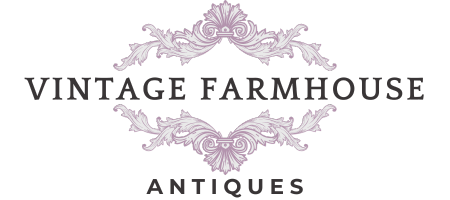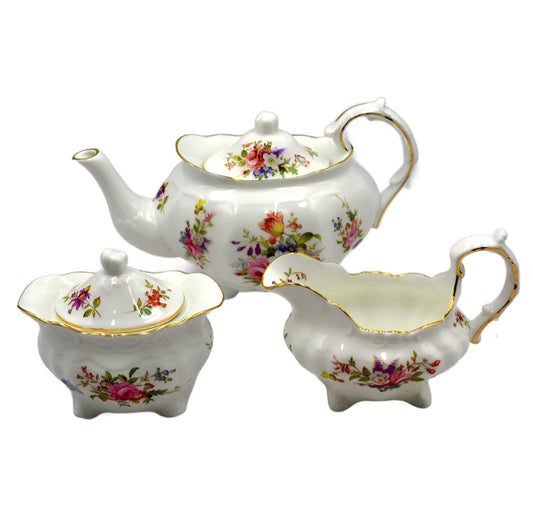Create the perfect Bridgerton-Themed tea party with exquisite china
Welcome to our curated collection of 'Bridgerton-themed' tea party china, where elegance and opulence meet the charm of the Regency era. Inspired by the luxurious and whimsical world of Bridgerton, set in early 19th-century England, our selection of vintage and antique teacups, cake plates, teapots, milk jugs and sugar bowls is designed to capture the essence of this period's sophistication.
From intricate florals to rich gold accents, our English bone china pieces are perfect for adding a touch of refinement and grandeur to your tea party. Explore our collection and find the perfect teacups to make your Bridgerton tea party an affair to remember.
In the world of "Bridgerton," the type of china used reflects the opulence and refinement of the Regency era, which spanned from 1811 to 1820. The series, set against the backdrop of London’s high society, showcases a variety of exquisite and historically inspired porcelain that would have graced the tables of the era’s elite.
Here's a guide to the types of china used in "Bridgerton":
Key Characteristics of Regency Era China:
Fine Porcelain:
- Materials: During the Regency period, porcelain was highly valued for its durability and delicate appearance. English porcelain, also known as "bone china," became particularly popular. It was made using bone ash, which gave it a unique strength and translucency.
- Significance: Porcelain was a symbol of wealth and status, often imported from China or produced by prestigious English manufacturers like Wedgwood, Royal Worcester, and Minton.
Elegant china patterns and designs:
- Floral Motifs: Delicate floral designs were common, often hand-painted with meticulous detail. Roses, peonies, and other flowers adorned the surfaces of teacups and saucers.
- Gilded Edges: Gold accents and trim were frequently used to add a touch of luxury and grandeur. These gilded details highlighted the rims, handles, and bases of the china pieces.
- Pastel Colors: Soft, pastel hues such as blush pink, light blue, and pale green were favored, creating a gentle and sophisticated palette.
Intricate Detailing:
- Transferware: This technique involved transferring intricate designs from engraved plates onto porcelain, allowing for more detailed and consistent patterns. Scenes of pastoral landscapes, exotic animals, and romantic settings were popular themes.
- Hand-Painted Elements: Despite the rise of transferware, many high-end pieces still featured hand-painted details, showcasing the craftsmanship of the era.
Classic Shapes and Forms:
- Tea services: Complete tea sets were a staple in Regency households. These sets typically included teacups, saucers, teapots, large sugar bowls, and milk jugs, all harmoniously designed. Wealthy households would often have several complex teasets for use on various occasions. These teasets typically included teapots, teacups and saucers, open and lidded sugar bowls, milk jugs and sometimes slops bowls (used for decanting tealeaves from the bottom of teacups before refilling the teacup with fresh teat from the pot)
- Teacup styles: The cups from this period often had a flared shape with a wide rim and a sturdy, ornate handle, allowing for a comfortable and elegant grip. The development of fine porcelain china during this period enabled the production of finely moulded and intricate designs and elaborate shapes to be produced in England in the Staffordshire pottery factories which were increasingly competing with imported Chinese porcelain.
- Teacup shapes and designs became more elaborate: Teacups with pedestal feet, ornate handles, ribbed walls and moulding and the decorations became more elaborate and extensive, often including decoration on the base and inner walls of the teacup and handle.
















